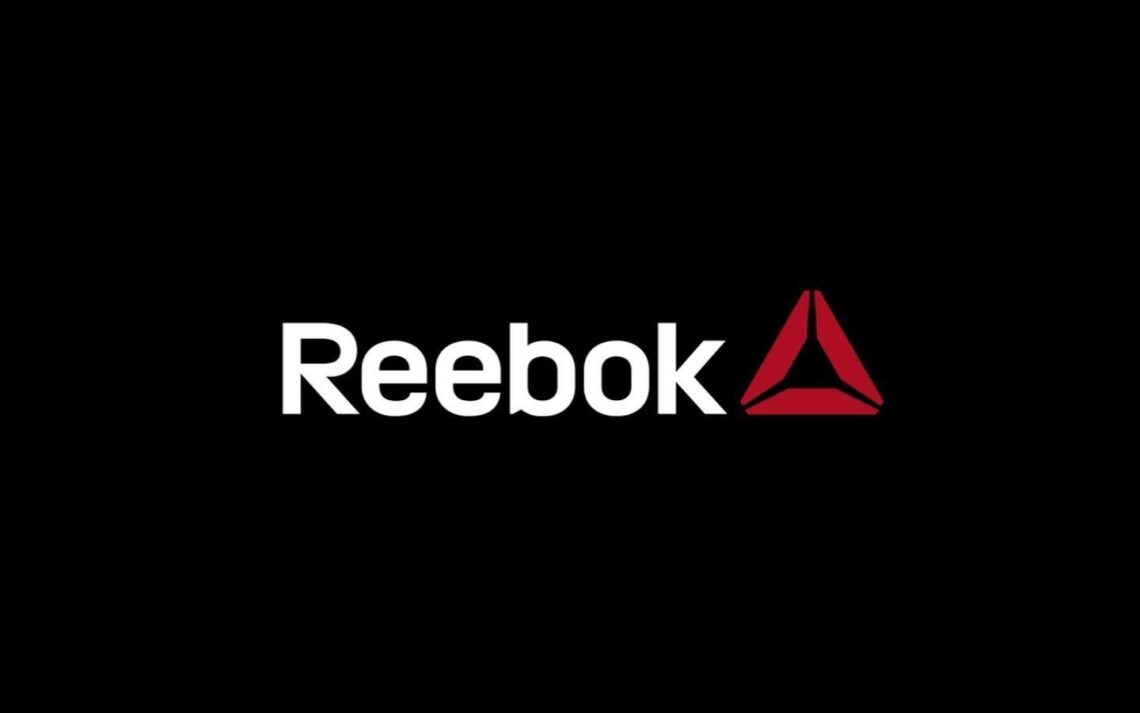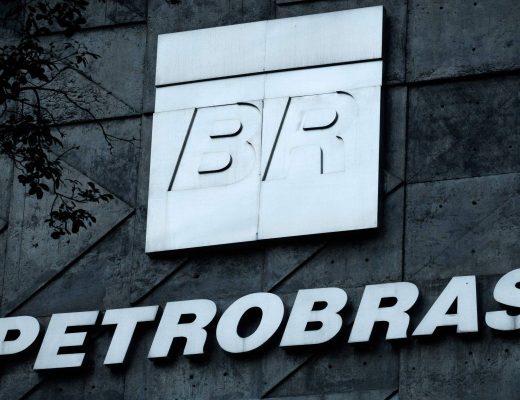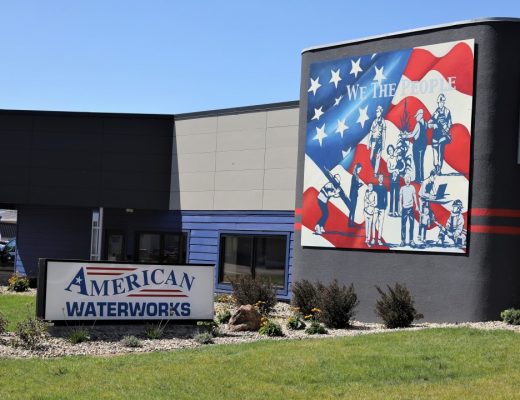How the Reebok company started
Reebok is a brand known not only to professional athletes. The British manufacturer of clothing and accessories for fitness and outdoor activities has existed for 127 years, during this time it has taken one of the leading positions in the global market.
The history of Reebok began in 1895 when Joseph Foster decided to improve shoes for better comfort during active sports activities. He was fond of running and wanted sneakers to facilitate the process, but not bring discomfort when overcoming long distances. By happy coincidence, Foster worked as a shoemaker and understood what needed to be done. He decided to outfit the soles of his sneakers with special spikes to help improve traction. His idea worked, and Joseph experienced an improvement in his running performance.
Foster realized that his invention would help a large number of athletes, and set up a business for sewing athletic shoes – then the production was done by hand. The main uniqueness of Foster’s products was the presence of spikes. The shoes quickly found their client and began to be in demand among athletes. The business grew and soon moved to the mass production of sneakers, for which they began to use special equipment. By 1906, Foster had two sons, and to mark the occasion, the company took on a new name, J.W. Foster & Sons. However, the business really became a family business in 1933, when the children joined the management of production.
By 1906, Foster had two sons, and to mark the occasion, the company took on a new name, J.W. Foster & Sons. However, the business really became a family business in 1933, when the children joined the management of production.
An important step in the development of the company was in 1958 when the production of the Mercury model line began. It was a huge success, which led to changing the company’s name to Mercury Sports Footwear. At the same time, production lines were modernized, so the company was able to produce large volumes of products. However, despite the fact that the Mercury line was quite famous, the management decided that the word was not catchy enough for a brand name. Therefore, one of the species of African antelope – Reebok – was chosen as the name of the brand. Since then, the manufacturer has acquired the name by which it is known to modern consumers.
In 1960, the grandson of the founder took over as head of the company. One of the main directions he chose was to expand the geography of sales. Thanks to Joseph Foster Jr. the business expanded beyond the borders of Great Britain, and new divisions appeared, including in the USA, where Paul Fireman became the head. He had tremendous ambition, and thanks to his business talent Fireman managed to acquire a controlling interest in the company. As a result, he merged the UK and US divisions into one firm.
In 2006 the company was sold to Adidas Corporation.










